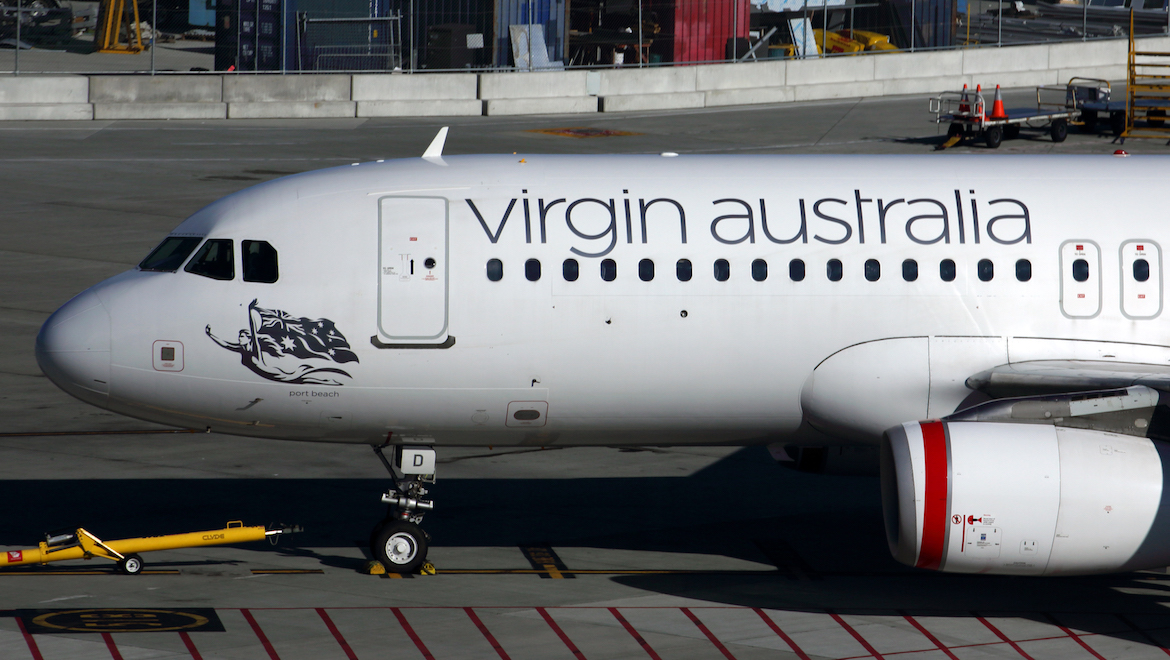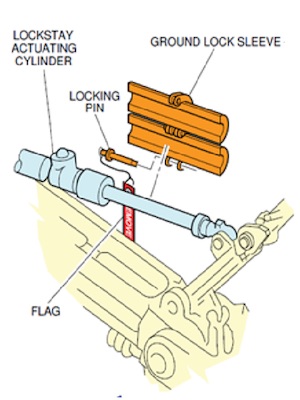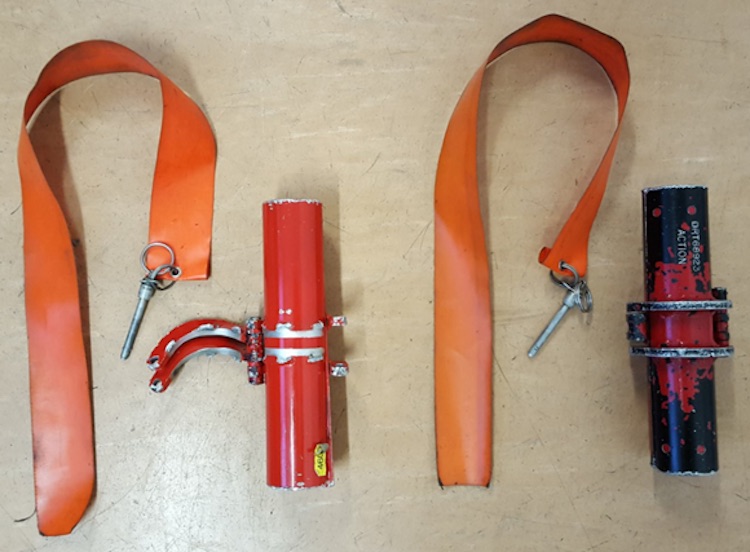
The Australian Transport Safety Bureau (ATSB) has urged personnel working with aircraft to speak up if they have concerns about safety as it released the final report into a Virgin Australia Regional Airlines (VARA) Airbus A320 that took off with parts of the landing gear ground locks still attached.
The final report, published on Wednesday, found that there were shortfalls in procedures and documentation that led to components of the landing gear ground locks (LGGL) falling from the A320 during taxiing and take-off.
Further, it documented a chain of events which led to the incident on the morning of August 14 2018, when the VARA A320 VH-FNP operated a scheduled passenger flight from Perth to Christmas Island.
“This investigation demonstrates how a number of relatively small errors or omissions between different work areas can combine to affect flight safety,” ATSB transport safety director Dr Stuart Godley said in a statement.
“Regardless of someone’s specific role working around an aircraft everyone has a responsibility to notify the operating crew of any concerns they may have with an aircraft and that any concerns are assessed and rectified by qualified personnel before flight.”
The LGGLs consisted of hinged metal sleeves fitted around the landing gear struts to prevent their retraction, and were secured by locking pins normally tethered to the sleeves with a wire lanyard.

They were fitted to VH-FNP by an ground engineer for the tow from the domestic apron to a departure bay at the international terminal.
The Captain was told the LGGLs were still in place by a member of the flight crew performing a walk-around, but assumed they would be removed prior to the flight.
“The disrupted pre-flight sequence for the flight crew contributed to the flight crew later not identifying that the LGGL were missing from the stowage compartment on-board,” the final report said.
When the ground engineer realised he would not be back in time, he phoned the on-board engineer, who was working to fix a navigational display on the aircraft, to hand over the remaining responsibilities.
The ATSB final report said that the apron engineer recalled he advised the on-board engineer the aircraft needed to be refuelled, and that the locks were still installed.
However, the on-board engineer only recalled a request to oversee the refuelling.
A pushback driver noticed the locks were still in place, but was unable to contact the aircraft movements co-ordinator to request an engineer for help. He removed the securing pins but, being unfamiliar with the LGGLs used on the A320, mistakenly left the sleeves in position.
As a result, the locks were still in place on the struts but unsecured as the aircraft left its gate. They fell off once the aircraft started its journey. One was later found on a taxiway and the other, having come loose shortly after take-off, was found lying on Runway 21.

The final report said VARA had been proactive in reviewing its procedures and industry practice, and had, in December 2018, introduced an Aircraft Readiness Log and associated procedures.
An authorised person must now sign a log entry whenever LGGL pins were installed and removed, and to repeat the procedure if the aircraft was subsequently towed.
“Towing procedures also now require the approved brake rider to ensure that LGGL have been removed after a positional tow,” the final report said.
“VARA have also issued a notice to flight crews instructing them to use a standardised method for stowing LGGL pins and sleeves. A separate notice reminds ground handlers they should not remove pins themselves.”
The full report can be found on the ATSB website.












